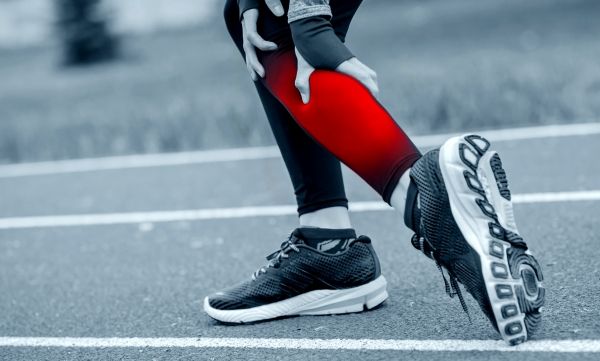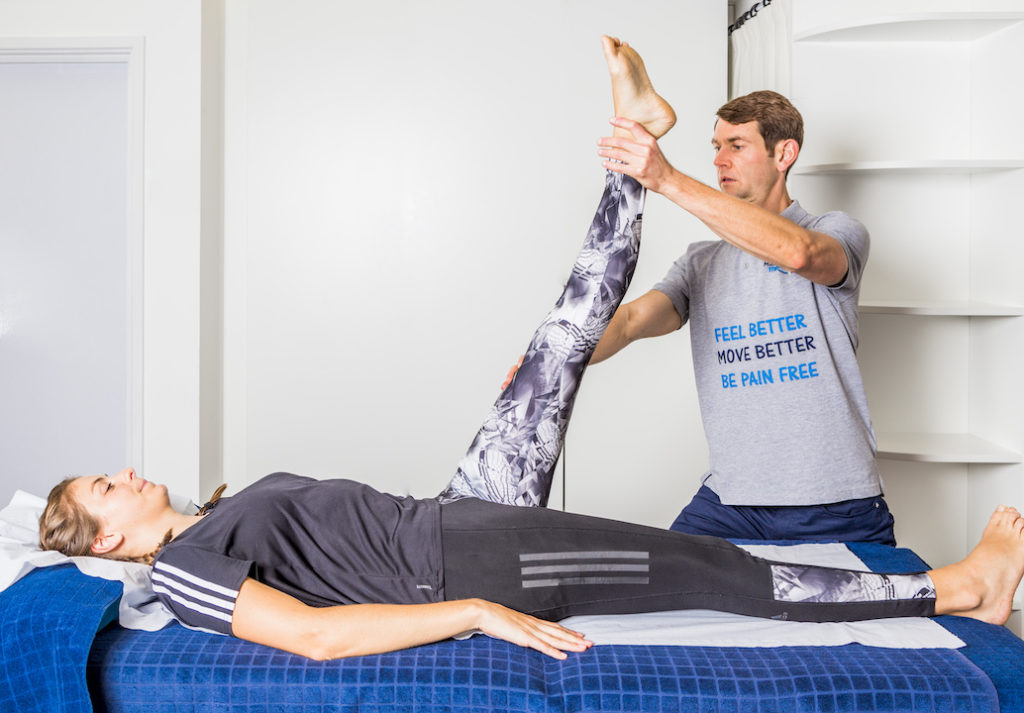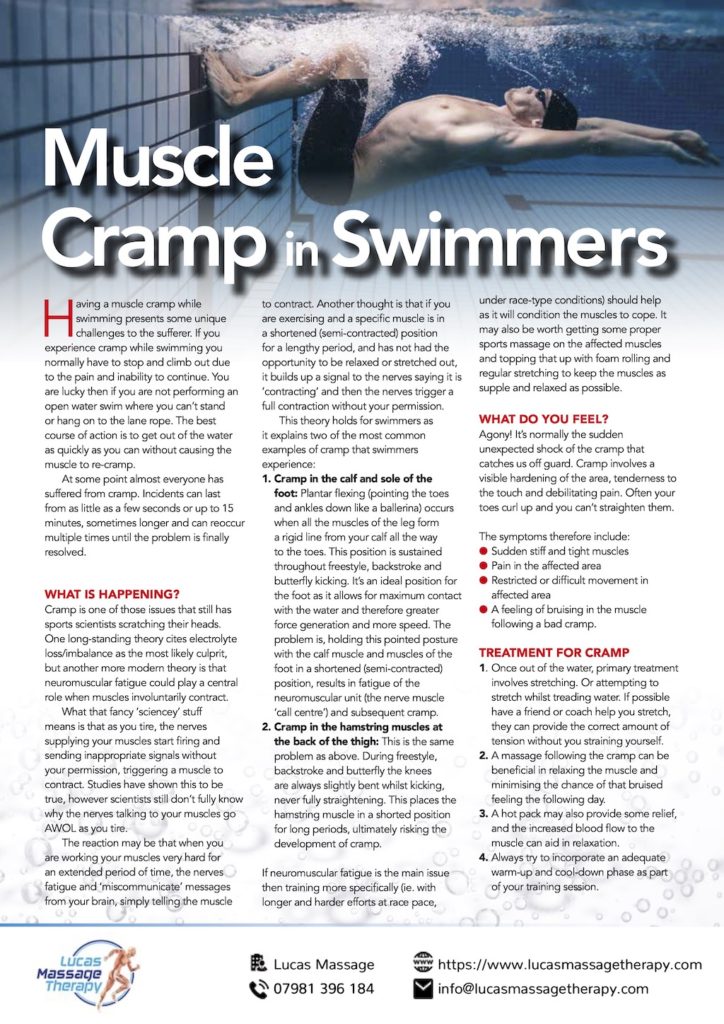Leg cramps are a common condition where the muscles suddenly contract (shorten), causing pain in your leg. This is referred to as a spasm, and you can’t control the affected muscle. The cramp can last from a few seconds to 10 minutes. After the spasm passes, you’ll have the ability to control the muscle that is affected. Though it can affect any part of your leg. It usually occurs in the calf muscles. Following the cramping has passed, you might have tenderness and pain in your leg for a few hours. Three out of four instances occur during sleep at night.
What are muscle cramps and spasms?
They are involuntary contractions of muscles. Very painful, strong, often short-lived spasms with visible shortening of muscle fibres. Spasms are long-lasting contractions considered to be low-grade. Spasms are painful and cause inefficient movement but do not have to have acute symptoms.
Nutrition:
Magnesium and calcium deficiencies can cause many problems later in life. It can make one prone to cramping, especially in the feet.

What are leg cramps causes?
When a muscle is without oxygen, it can’t function properly. It becomes tighter and tighter. Usually, this is a slow process, but sometimes it is a sudden and violent reaction to oxygen shortage. This inhibits the influx of oxygen. It starts a vicious circle is ischemia leading to spasms, causing pain, leading to spasms. Muscles that work without oxygen accumulate the chemical byproducts of anaerobic combustion. The wastes irritate nerve fibres and reinforce the spasm.
Pregnancy is another cause of ischemic cramping. As the fetus lies on the femoral artery it could interfere with the blood flow into the leg. It does prompt a contraction of the calf muscle gastrocnemius. This is a typical example of an acute cramp.
Muscle cramps and exercise
Some athletes usually have muscle cramps at or at the end of the exercise. Hyperthermia, dehydration and electrolyte imbalance could be the factors. These cramps might be also because of neurological abnormality that overexcites muscle spindles. The target muscles cross two joints and cramp when they contract from a shortened position. Manipulation of the tendons and stretching the muscles can limit the cramps. They could recur if the athlete has proper war-up or stretches before exercise.
Leg cramps treatment Watford – Sports massage Watford
Sports massage can do some real good. Massage can reduce toxicity, reset tension levels, improve blood circulation and speed healing. Spam as a splining mechanism is to be very respected. When the injury is in the subacute stage, massage is applied and will contribute to healing with a minimum of fibrosis, scar tissue and muscle shortening.
Sports massage treatment will help reduce muscle spasms and help to prevent them. It will help with muscle spasms through different massage techniques and stretching methods. If there is an underlying injury these can be aimed at treating the symptoms and the cause. Massage treatment can help decrease the tension in the muscle and provide pain-relieving strategies. Our sports massage therapist at Lucas Massage Therapy uses sports massage to help reduce pain, tension and tightness of the muscles.

What are the benefits of Sports massage ?
- Prevent injury
- Low-stress levels
- Better quality of sleep
- Reduced pain and tension
- Improved blood circulation
Muscle cramps in swimmers

Sports Massage Hemel Hempstead, Watford, Abbots Langley, Kings Langley and St Albans.

